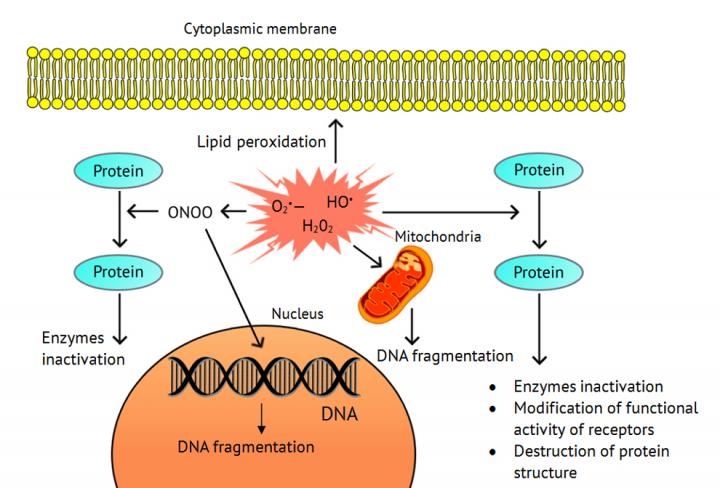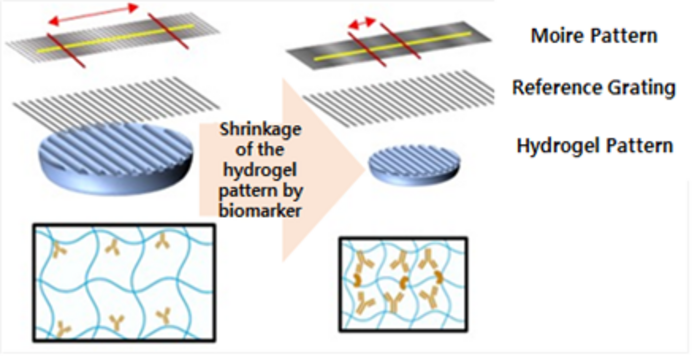
Credit: Courtesy of Allen Dressen
Long-term use of anti-cancer drugs treatment may lead to the development of multiple drug resistance reducing the efficiency of chemotherapy. Scientists are aware of several mechanisms for drug resistance development in tumor cells. They are to a great extent associated with the activation of proteins that get medicinal drugs out of cells, as well as with changes in the genes controlling cell survival and programmed cell death (apoptosis). One of the least studied mechanisms of drug resistance development is connected with the influence of reactive oxygen species (ROS) that are formed during cell life and can destroy organic molecules.
RUDN biochemists studied the mechanism of drug resistance development in ovarian cancer cells under treatment with cisplatin. The researchers found out that the process was connected with increased expression (production of proteins coded by DNA molecules) of genes of key antioxidant enzymes (i.e. destroying ROS): Mn-superoxide dismutase, catalase, glutathione peroxidase-1, hemoxygenase-1, as well as reduced expression of the enzyme NADPH-oxidase, which is responsible for ROS generation in the cell.
In the normal state there is a balance between the formation and destruction of ROS. Any changes in this balance may cause damage in the internal structure of the cells leading to number of diseases including cancer. On the other hand, high concentrations of ROS may also lead to the death of cancer cells. This effect is used in cancer therapy, and cisplatin may operate on a similar principle.
In their work the scientists used the real time RT-PCR method and western blotting to evaluate gene expression. The discovered redox-dependent mechanism of drug resistance development shows how well tumor cells can adapt to negative environmental conditions. The mechanism helps healthy cells survive, but in case of malignant tumors hinders their treatment.
"We found that under treatment of the ovarian cancer cells with cisplatin a new mechanism is triggered, changing the balance between generation and elimination of ROS; it is called as the adaptive antioxidant response. The studied mechanism of drug resistance development would help create new combined methods for ovarian cancer treatment," said Elena Kalinina, the author of the study, doctor of biological science, and professor of RUDN Institute of Medicine.
###
Media Contact
Valeriya V. Antonova
[email protected]
http://eng.rudn.ru/
Related Journal Article
http://dx.doi.org/10.1002/2211-5463.12453






